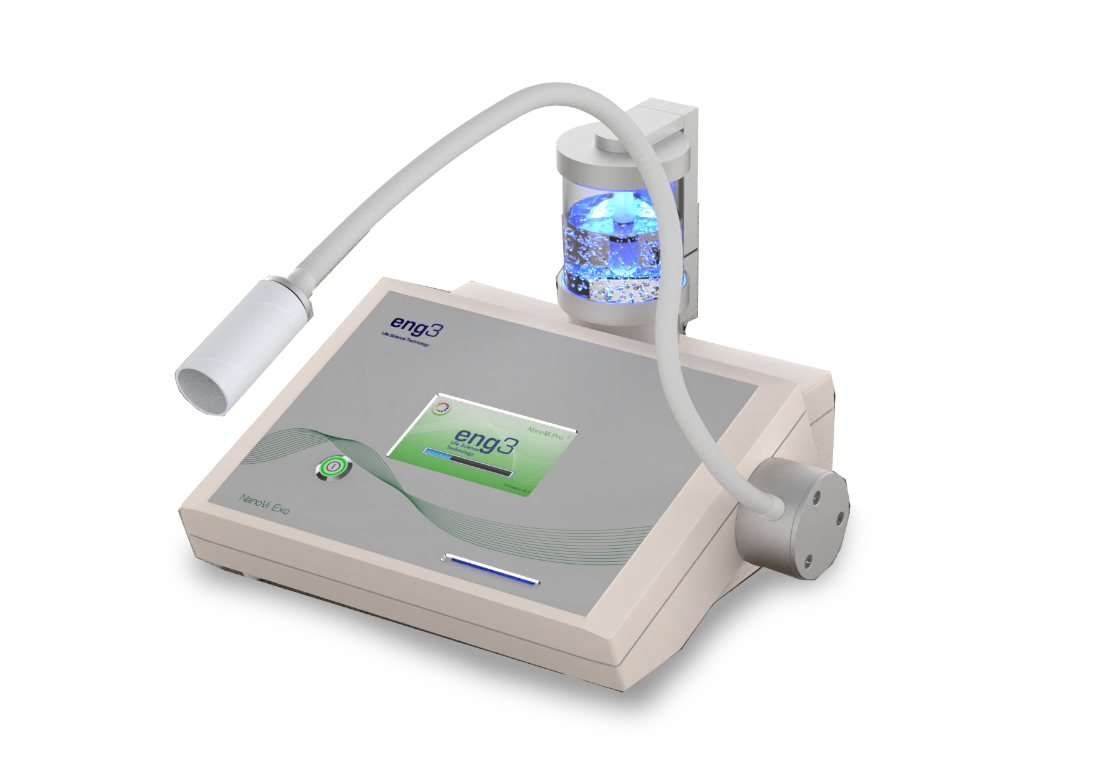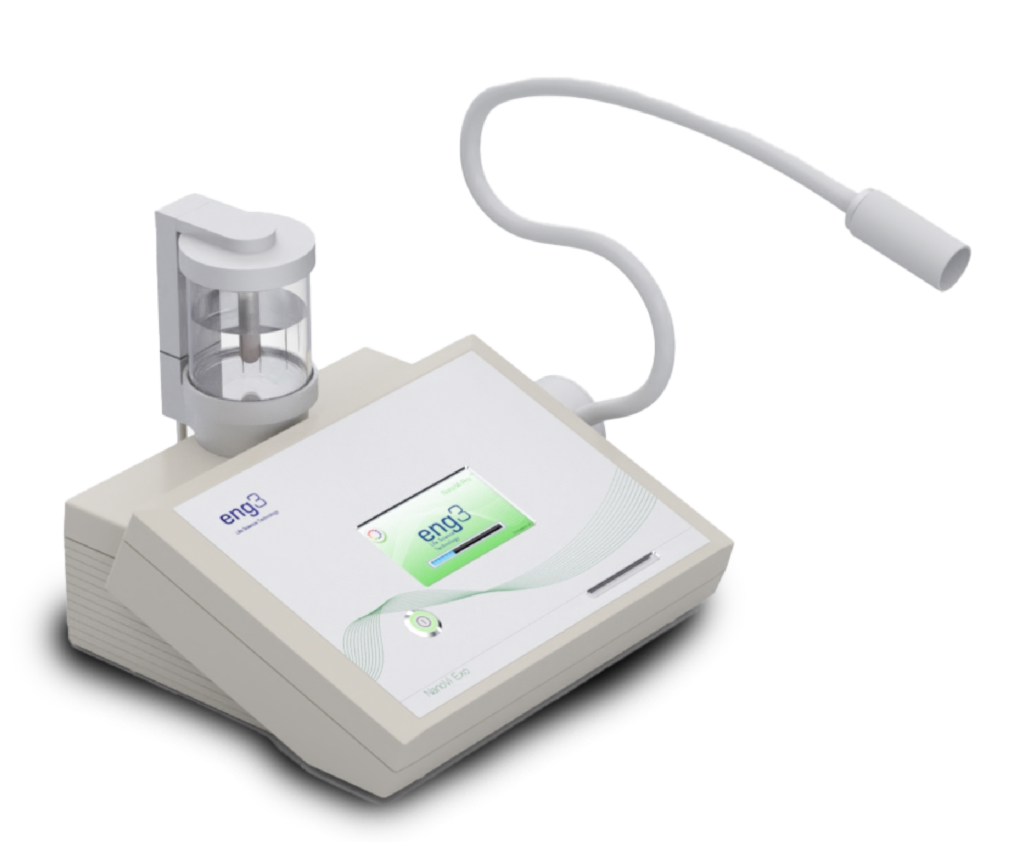NanoVi is highly complementary to Cryotherapy. Cryo shocks cells into action, then NanoVi orchestrates protein activities for better cellular function.
In this article, you’ll learn about cryo treatments, cold shock proteins, and NanoVi, and how to use them all together to improve your performance.Have you ever felt especially alert after taking a cold shower or jumping into a pool?
There’s a reason low temperatures clear your head. Cold exposure shocks your body into a state of higher performance – your cells reduce inflammation and improve your brain function.
Cold makes you more resilient, too. After a cold plunge, your cells adapt to stress better; they take on less damage, and when damage does happen, they repair it more quickly.
Inflammation, brain function, resiliency, and recovery: with all that benefit from a little cold exposure, it’s no surprise that cryotherapy – intentionally exposing yourself to extreme cold – is becoming ever more popular.
And with NanoVi, you can make cryotherapy even better. Many of cryotherapy’s benefits derive from cold shock proteins, proteins in your cells that activate in response to a sudden drop in temperature. Cold shock proteins are where NanoVi comes in:
- Cryotherapy activates cold shock proteins
- NanoVi improves body-wide protein function
That means you can use cryotherapy to activate cold shock proteins, and NanoVi to enhance their function and keep them active longer. Together, cryo and NanoVi are a potent combination for decreasing inflammation, improving brain function, making your cells more resilient, and recovering faster.
Cold shock proteins: the secret to cryotherapy
From an evolutionary perspective, it makes sense that you’d have to adapt to heat and cold to survive. Human haven’t always had A/C and central heating.
Extreme temperatures are a shock to your biology, and it responds by improving your ability to survive. For cold, you have cold shock proteins: performance-enhancing proteins that your cells create in response to a drop in body temperature (side note: your body makes heat shock proteins too, and they also have some pretty powerful benefits…but that’s for another article).
Cold shock proteins are still a pretty new field. There seem to be quite a few of them, each with specific benefits. The two best studied ones are:
- RNA-binding protein 3 (RBM3) is a cold shock protein found in your brain, heart, liver, and skeletal muscle that turns on in response to cold exposure [1].
- There’s also cold-inducible RNA-binding protein (CIRP). Like RBM3, CIRP appears in your brain and muscle cells in response to cold.
Together, RBM3 and CIRP improve several parts of your biology, including:
- Brain function. Both CIRP and RBM3 protect against brain cell damage [2,3,4] and decrease brain inflammation [5], which could explain why cold exposure therapy keeps dementia at bay [6].
- Stress response. RBM3 and CIRP both acts as antioxidants, protect against cell death from oxidative stress and free radical damage [7,8,9,10]. In other words, RBM3 and CIRP leave you better equipped to handle stress, all the way down to the cellular level.
- Muscle recovery/growth. Cold shock proteins also speed up muscle repair and increase recovery from inflammation after intense exercise [11]. In rats, RBM3 prevents muscle loss due to age [12].
- DNA repair. CIRP triggers DNA repair [13], which makes your cells more efficient and helps them bounce back from damage faster.
And cold shock proteins aside, cryotherapy can also help you lose weight. Cold exposure increases your brown adipose tissue, a type of beneficial fat that you produce to keep your organs warm in response to cold [14]. Brown adipose tissue is very metabolically active; having more of it speeds up your fat metabolism and keeps you leaner [15].
NanoVi® enhances cold shock proteins and cryotherapy
Proteins are large, intricate molecules, and in order to be stable enough to function, they have to fold into complex structures (a process called protein folding). Unfolded proteins turn off; folded proteins turn on.
Oxidative stress can cause proteins to unfold and turn off, robbing the proteins of their ability to function. And because oxidative stress is always happening, you inevitably have a lot of proteins in your cells that aren’t working at their best.
NanoVi helps restore the proteins’ ability to fold, even in the face of oxidative stress, meaning proteins become more effective and can stay active for longer (here’s an in-depth explanation of how NanoVi works).
In the context of cryotherapy, NanoVi can support cold shock proteins, enhancing their ability to give you all the extraordinary benefits you read about a moment ago. With NanoVi, cold shock proteins can stay activated longer and do more in that time.
How to combine NanoVi® and cold therapy
You have a few options when it comes to whole body cryo treatments. Some of the most popular include:
- Cryotherapy through cryosaunas and cryo chambers. For dramatic results, you can hop in a cryosauna or cryo chamber, which surrounds your body with supercooled liquid nitrogen vapor (about -250 degrees Fahrenheit) typically for 2.5 – 3 minutes. Cryotherapy provide an effective and convenient way to trigger cold shock proteins. Because of the extremely cold temperatures (-166 degrees or below) cryotherapy is able to produce, the body makes the decision to focus on protecting the organs not the entire body. Blood rushes to the core and is filtered back as the body warms. This process offers additional benefits. Users report not feeling as cold as with other cryo treatments because at this level of cold, the extremities aren’t the body’s focus. Cryotherapy’s many advocates tell us this most extreme type of cold-activated therapy is actually the least uncomfortable and offers the most benefit.
- Cold showers. While they will not give you the benefits of more extreme full-body cold exposure, cold showers can ease you into cryotherapy and create mild cold shock protein activation.
- Ice baths. With ice baths, you have two options: longer and slightly cold, or shorter and very cold. Twenty seconds submerged in 40-degree water is enough to trigger a cold adaptation response [16]. If that’s too intense for you, you can also do an hour in 57-degree water [17], which is much less unpleasant.
In mice, a single session of cold exposure boosted cold shock protein activity for 3 days [18]. Doing cold exposure once a week for two weeks boosted cold shock proteins much longer – both for those two weeks and for another 6 weeks after that.
So, it seems that frequent cold exposure is a good way to keep your cold shock proteins active. Pair cryo with a NanoVi session to support your newly-activated cold shock proteins and enhance cryotherapy’s benefits even more.
Ready to make cryotherapy even more powerful? Find a NanoVi unit near you, ask your favorite cryo center if they have one yet or buy your own personal NanoVi unit. Remember to stay cool – your cells will thank you.
If you’d like to learn more about the NanoVi device, its proven benefits, and the price, sign in below.
Eng3 will send you an email as soon as you submit the form, please check your spam filter if you don’t receive it. We only send study results and other valuable information. Your email will not be shared or flooded with promotional content.
References
1. Williams, D. R., Epperson, L. E., Li, W., Hughes, M. A., Taylor, R., Rogers, J., … & Gracey, A. Y. (2006). Seasonally hibernating phenotype assessed through transcript screening. Physiological genomics, 24(1), 13-22.
2. Kita, H., Carmichael, J., Swartz, J., Muro, S., Wyttenbach, A., Matsubara, K., … & Kato, K. (2002). Modulation of polyglutamine-induced cell death by genes identified by expression profiling. Human molecular genetics, 11(19), 2279-2287.
3. Chip, S., Zelmer, A., Ogunshola, O. O., Felderhoff-Mueser, U., Nitsch, C., Bührer, C., & Wellmann, S. (2011). The RNA-binding protein RBM3 is involved in hypothermia induced neuroprotection. Neurobiology of disease, 43(2), 388-396.
4. Zhang, H. T., Xue, J. H., Zhang, Z. W., Kong, H. B., Liu, A. J., Li, S. C., & Xu, D. G. (2015). Cold-inducible RNA-binding protein inhibits neuron apoptosis through the suppression of mitochondrial apoptosis. Brain research, 1622, 474-483.
5. Rajayer, S. R., Jacob, A., Yang, W. L., Zhou, M., Chaung, W., & Wang, P. (2013). Cold-inducible RNA-binding protein is an important mediator of alcohol-induced brain inflammation. PloS one, 8(11), e79430.
6. Salerian, A. J., & Saleri, N. G. (2008). Cooling core body temperature may slow down neurodegeneration. CNS spectrums, 13(3), 227-229.
7. Zhu, X., Zelmer, A., Kapfhammer, J. P., & Wellmann, S. (2015). Cold-inducible RBM3 inhibits PERK phosphorylation through cooperation with NF90 to protect cells from endoplasmic reticulum stress. The FASEB Journal, 30(2), 624-634.
8. Ferry, A. L., Vanderklish, P. W., & Dupont-Versteegden, E. E. (2011). Enhanced survival of skeletal muscle myoblasts in response to overexpression of cold shock protein RBM3. American Journal of Physiology-Cell Physiology, 301(2), C392-C402.
9. Liu, J., Xue, J., Zhang, H., Li, S., Liu, Y., Xu, D., … & Diao, J. (2015). Cloning, expression, and purification of cold inducible RNA-binding protein and its neuroprotective mechanism of action. Brain research, 1597, 189-195.
10. Li, S., Zhang, Z., Xue, J., Liu, A., & Zhang, H. (2012). Cold-inducible RNA binding protein inhibits H2O2-induced apoptosis in rat cortical neurons. Brain research, 1441, 47-52.
11. Peake, J. M., Roberts, L. A., Figueiredo, V. C., Egner, I., Krog, S., Aas, S. N., … & Raastad, T. (2017). The effects of cold water immersion and active recovery on inflammation and cell stress responses in human skeletal muscle after resistance exercise. The Journal of physiology, 595(3), 695-711.
12. Dupont-Versteegden, E. E., Nagarajan, R., Beggs, M. L., Bearden, E. D., Simpson, P. M., & Peterson, C. A. (2008). Identification of cold-shock protein RBM3 as a possible regulator of skeletal muscle size through expression profiling. American Journal of Physiology-Regulatory, Integrative and Comparative Physiology, 295(4), R1263-R1273.
13. Yang, R., Zhan, M., Nalabothula, N. R., Yang, Q., Indig, F. E., & Carrier, F. (2010). Functional significance for an heterogeneous Ribonucleoprotein A18 (hnRNP A18) signature RNA motif in the 3 [prime] UTR of ataxia telangiectasia mutated and Rad3 related (ATR) transcript. Journal of Biological Chemistry, jbc-M109.
14. Cypess, A. M., & Kahn, C. R. (2010). Brown fat as a therapy for obesity and diabetes. Current opinion in endocrinology, diabetes, and obesity, 17(2), 143.
15. Cypess, A. M., & Kahn, C. R. (2010). Brown fat as a therapy for obesity and diabetes. Current opinion in endocrinology, diabetes, and obesity, 17(2), 143.
16. Leppäluoto, J., Westerlund, T., Huttunen, P., Oksa, J., Smolander, J., Dugué, B., & Mikkelsson, M. (2008). Effects of long‐term whole‐body cold exposures on plasma concentrations of ACTH, beta‐endorphin, cortisol, catecholamines and cytokines in healthy females. Scandinavian journal of clinical and laboratory investigation, 68(2), 145-153.
17. Šrámek, P., Šimečková, M., Janský, L., Šavlíková, J., & Vybiral, S. (2000). Human physiological responses to immersion into water of different temperatures. European journal of applied physiology, 81(5), 436-442.
18. Peretti, D., Bastide, A., Radford, H., Verity, N., Molloy, C., Martin, M. G., … & Mallucci, G. R. (2015). RBM3 mediates structural plasticity and protective effects of cooling in neurodegeneration. Nature, 518(7538), 236.
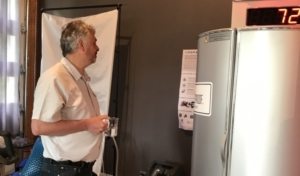
Hans Eng admires Dave Asprey’s cryo sauna at Dave’s Bulletproof Lab on Vancouver Island
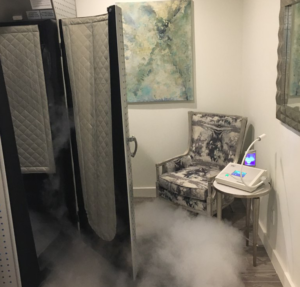
Stephanie Saladino’s inviting set-up at Katy Trails Cryo in Dallas
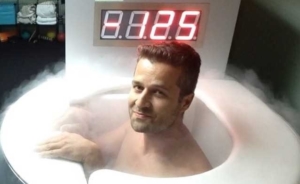
Christian Kammermayer, owner of Cryotherapy Miami
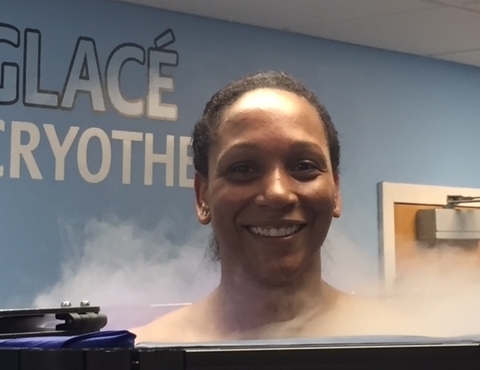
A happy cryo client at Glacé Cryotherapy Chattanooga
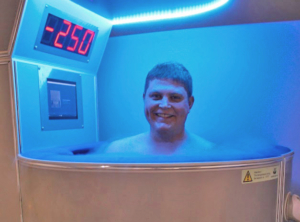
In the “chill zone” at Chill Zone Cryo in Cincinnati

LA filmmaker and Jiujitsu Master Victor Muh at Aurora Cryospa, Monrovia CA
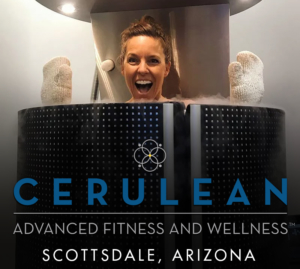
Cerulean in Scottsdale pioneered the combined use of NanoVi and Cryo and have 100’s of great results

Chill thrill seeking in Huntington Beach at Surf City Cryo
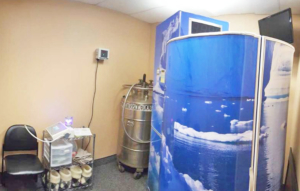
NanoVi and cryo for the best possible recovery at Hyperbaric Therapy of Dublin
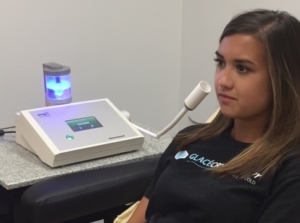
Enjoying the NanoVi at Glacé Cryotherapy Chattanooga

Relaxing post-cryo with NanoVi at Cryotherapy Miami


